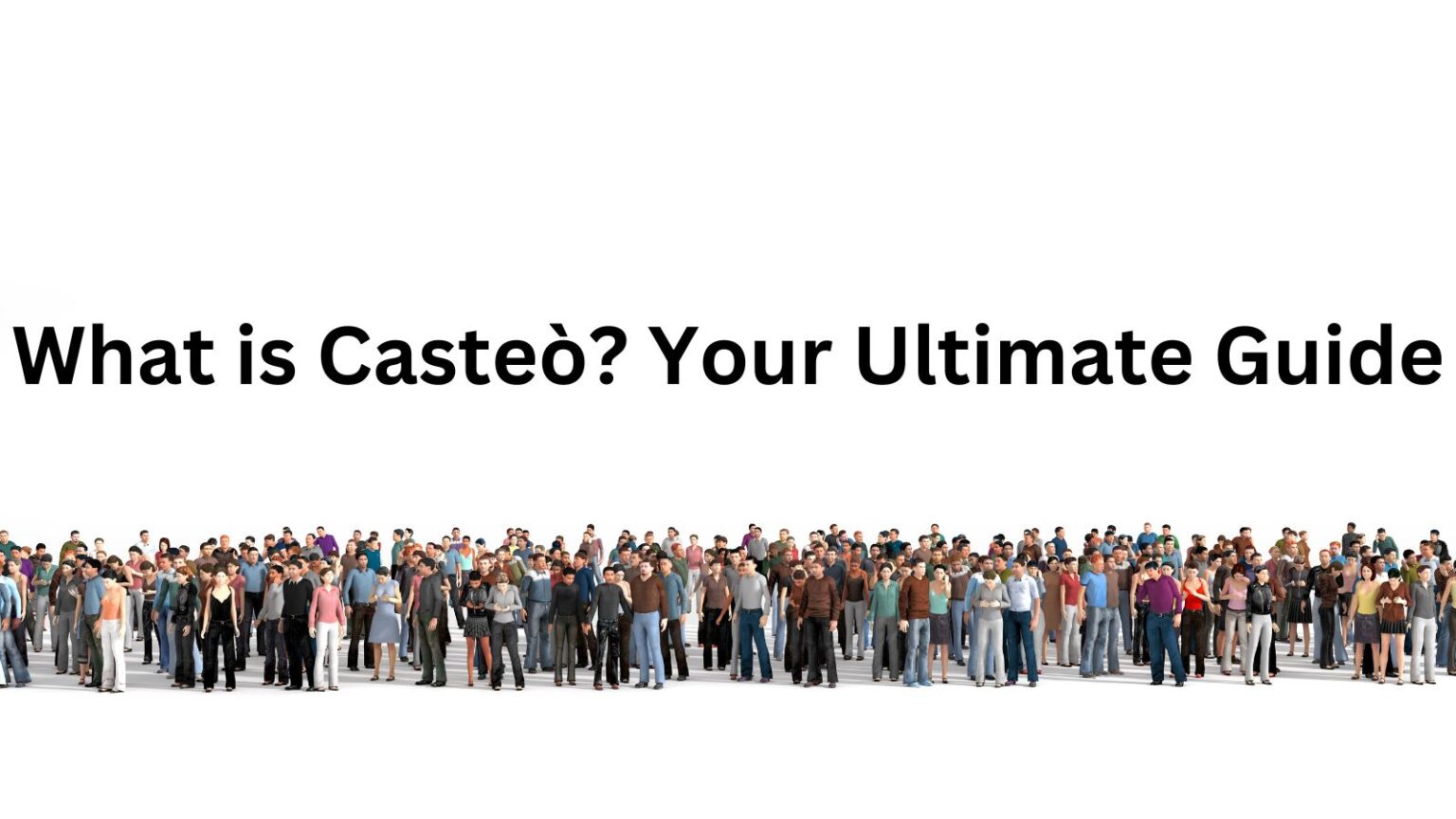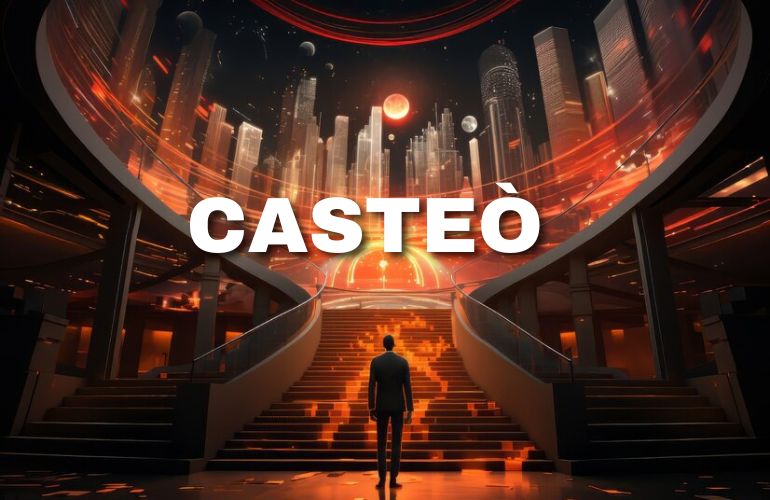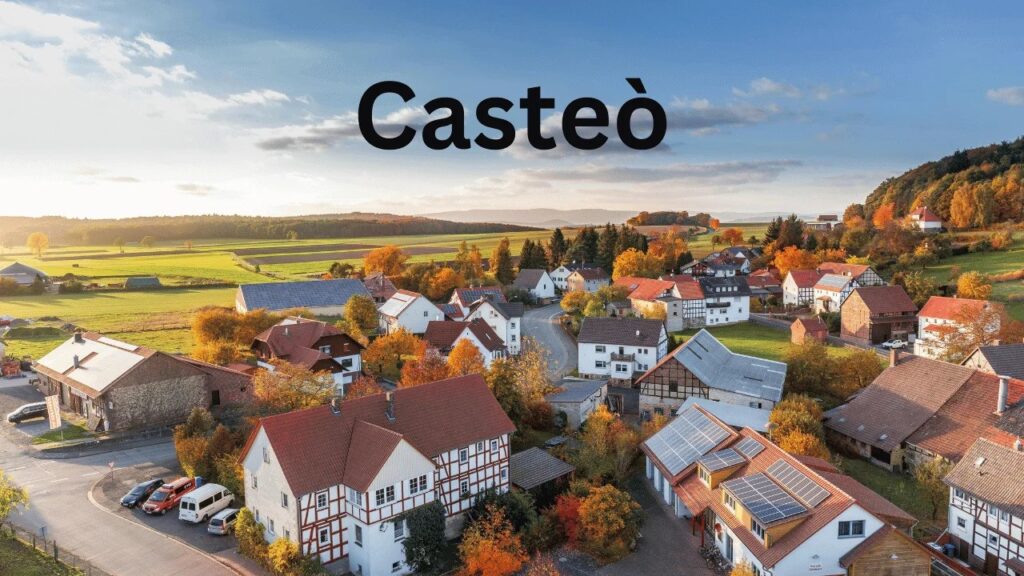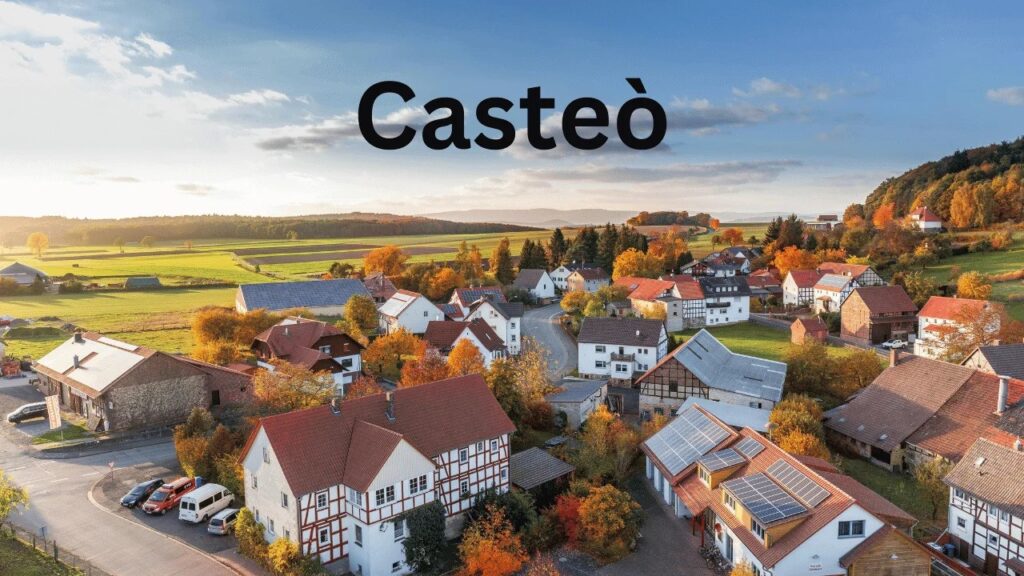
In the intricate tapestry of human civilization, certain threads are woven so deeply into the fabric that they seem inseparable from the whole. Among these threads, casteò stands as one of the most complex and enduring constructs, influencing societies across the globe for centuries. From the ancient civilizations of India to the modern-day landscapes of America, the concept of caste has shaped relationships, determined opportunities, and left an indelible mark on the trajectory of countless lives.
Origins and Evolution
To understand the intricacies of caste, one must delve into its origins. The term itself derives from the Portuguese word “casta,” meaning lineage or breed, which was initially used to categorize different social groups in colonial India. However, the roots of caste can be traced back much further, finding expression in ancient religious texts and societal structures.
In ancient India, the Rigvedic hymns delineated a hierarchical order known as the varna system, which classified society into four main categories: Brahmins (priests and scholars), Kshatriyas (warriors and rulers), Vaishyas (traders and farmers), and Shudras (laborers and service providers). This stratification was believed to be divinely ordained, with each varna fulfilling specific roles in society.
Over time, this rigid system became more entrenched, evolving into thousands of subcastes, or jatis, based on occupation, region, and lineage. The boundaries between these groups were strictly enforced, with individuals inheriting their caste status from birth and facing social ostracism for marrying outside their caste.
Manifestations Across Continents
While the caste system found its most elaborate expression in India, echoes of its hierarchical structure can be found in other parts of the world. In medieval Europe, for example, feudal societies were characterized by a similar stratification, with nobility occupying the highest rungs of the social ladder and peasants relegated to a life of servitude. The feudal castle, towering over the surrounding countryside, symbolized not only military power but also social hierarchy, with its lord presiding over the lands and the people who worked them.
In America, the legacy of caste takes on a different form, shaped by the institution of slavery and the subsequent segregationist policies that persisted long after emancipation. The legacy of chattel slavery created a stratified society in which Black Americans were systematically marginalized and denied access to the same opportunities and resources as their white counterparts. Even after the abolition of slavery, Jim Crow laws enforced segregation in housing, education, and public facilities, effectively relegating African Americans to second-class citizenship.

Contemporary Challenges
Despite centuries of progress and social reform, caste continues to exert a profound influence on contemporary society, both overtly and covertly. In India, despite legal measures to eradicate caste-based discrimination and promote social equality, deep-rooted prejudices persist, shaping everything from access to education and employment to political representation and interpersonal relationships. The reservation system, intended to uplift historically disadvantaged castes through affirmative action, remains a contentious issue, with debates over its efficacy and fairness continuing to divide public opinion.
Similarly, in the United States, the legacy of caste manifests in subtler forms, perpetuating disparities in wealth, education, and healthcare along racial lines. The events of recent years, from the killings of unarmed Black men and women by law enforcement to the resurgence of white supremacist rhetoric, have laid bare the enduring legacy of systemic racism and the urgent need for meaningful change.
Challenging the Status Quo
Addressing the entrenched inequalities perpetuated by caste requires a multifaceted approach that acknowledges the complexity of the issue and engages all sectors of society. Education plays a crucial role in challenging stereotypes and fostering empathy and understanding across caste lines. By incorporating diverse perspectives into curricula and promoting dialogue about privilege and power dynamics, schools and universities can help dismantle the barriers that perpetuate caste-based discrimination.
Legislative measures are also essential in enshrining principles of equality and social justice into law and holding accountable those who perpetuate caste-based discrimination. In India, the implementation of stringent anti-discrimination laws and the enforcement of quotas for marginalized castes can help level the playing field and create opportunities for upward mobility. In the United States, reforms such as police accountability measures and the expansion of access to affordable housing and healthcare can address the systemic injustices that disproportionately impact marginalized communities.

Building Solidarity
Ultimately, the struggle against caste-based discrimination is not confined to any one country or community but is part of a broader global movement for justice and equality. By forging alliances across caste, class, and racial lines, individuals and organizations can amplify their voices and effect meaningful change. Grassroots movements such as the Dalit rights movement in India and the Black Lives Matter movement in the United States have demonstrated the power of collective action in challenging entrenched systems of oppression and demanding accountability from those in power.
In the words of Dr. B.R. Ambedkar, the architect of India’s constitution and a tireless advocate for social justice, “We must stand on our own feet and fight as best as we can for our rights. So carry on your agitation and organize your forces. Power and prestige will come to you through struggle.”
The Role of the Legal System
The legal system plays a critical role in addressing contemporary challenges related to caste. Through landmark judgments and legal reforms, courts have sought to tackle discrimination, uphold affirmative action policies, and redefine the boundaries of caste identity in modern society. Legal battles over caste discrimination, reservation policies, and the rights of marginalized groups continue to shape the discourse on caste, highlighting the legal system’s role in both reflecting and driving societal change.
Future Directions
Navigating the complexities of caste in the modern world requires a multi-faceted approach that addresses both its deep-seated roots in tradition and its evolving manifestations in contemporary society. Efforts must focus on leveraging technology for positive change, fostering generational shifts in attitudes, critically evaluating the impact of affirmative action, and ensuring that legal frameworks support the movement towards equality and justice.
The path forward involves a collective effort to understand the nuances of caste, engage in open and inclusive dialogues, and implement policies that reflect a commitment to social justice and human rights. As society grapples with these modern dynamics and controversies, the ultimate goal remains the creation of a world where the legacy of caste can be transformed into one of unity and diversity, free from discrimination and inequality.

Cultural Significance and Preservation
Caste, with its deep roots in history and its pervasive influence across various aspects of society, holds a profound cultural significance. This section explores the richness of cultural heritage shaped by caste, the efforts towards its preservation, and the importance of embracing future changes while honoring the past.
FAQs
What is Casteò, and why is it significant?
Casteò refers to the complex system of social stratification and cultural practices deeply embedded in certain societies. It is significant because it shapes identities, influences socio-economic disparities, and affects cultural traditions. Understanding Casteò is crucial for addressing social justice issues and appreciating the rich cultural heritage it encompasses.
How has the perspective on Casteò changed over time?
Over time, perspectives on Casteò have evolved due to global influences, technological advancements, and shifting societal values. There’s a growing awareness and critique of its discriminatory aspects, alongside an appreciation for the cultural diversity and heritage it represents. Younger generations, in particular, are reevaluating Casteò’s relevance in contemporary society.
What role does technology play in the context of Casteò?
Technology, especially social media, plays a dual role in the context of Casteò. It offers platforms for advocacy, education, and social change, allowing for greater visibility and mobilization against caste discrimination. However, it can also perpetuate caste prejudices and segregation online. Balancing these aspects is key to leveraging technology for positive change.

How can individuals engage with and appreciate Casteò culture today?
Individuals can engage with and appreciate Casteò culture by participating in cultural festivals, visiting historical sites, and interacting with local communities. Responsible tourism and educational efforts also contribute to a deeper understanding and appreciation of the rich traditions and contemporary challenges associated with Casteò.
What are the future outlooks for Casteò, and how can society navigate its challenges?
The future outlook for Casteò involves envisioning a society where caste no longer dictates opportunities or identities, while still celebrating cultural diversity. Navigating its challenges requires education, dialogue, and policies that promote equality and social integration. Collective efforts towards understanding, empathy, and social justice are essential for transforming Casteò’s legacy into a force for unity and progress.
Conlusion
The preservation of cultural heritage associated with caste involves a delicate balance between maintaining traditional practices and adapting to modern sensibilities. Efforts to preserve caste-specific arts, crafts, music, and culinary traditions are essential in keeping the cultural richness alive for future generations. Initiatives ranging from documentation and archiving to the promotion of traditional crafts in global markets have played a crucial role in these preservation efforts.
However, preservation does not mean resistance to change. As societies evolve, so too do cultural practices. The challenge lies in embracing innovation and change while respecting the historical and cultural significance of traditional practices. This approach allows for a dynamic cultural heritage that is both rooted in history and responsive to contemporary realities.


